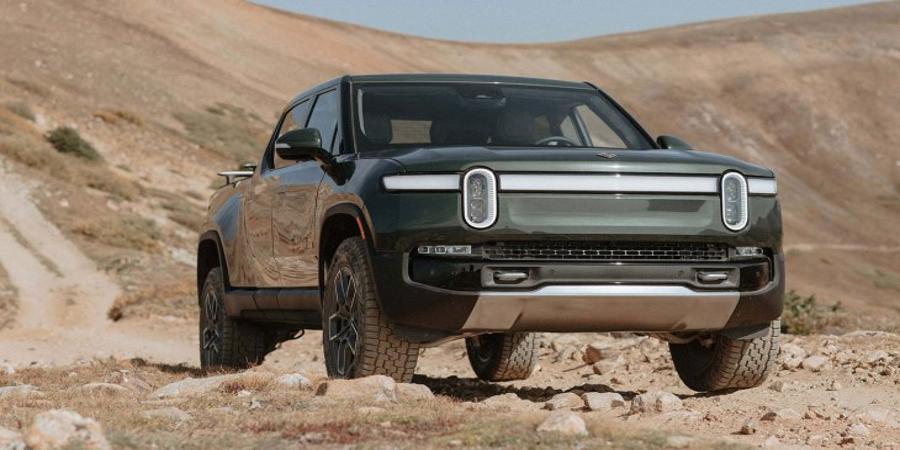Rivian continued to close the gap on losses, reduce costs and ramp up production in the third quarter with results that beat Wall Street expectations and suggested a rosier future, including raising its annual production guidance from 52,000 to 54,000 vehicles.
The EV maker reported Tuesday (after markets closed) revenue of $1.33 billion, a figure driven by deliveries of 15,564 vehicles and more than double from the same period last year. The company also showed modest 1.5% revenue growth quarter over quarter.
On the income front, the company reported a third-quarter net loss of $1.37 billion, a 20% decrease from the $1.72 billion in losses in the same year-ago period. On an adjusted basis, the company reported a net loss of $942 million, or $1.19 earnings per share.
Analysts polled by Yahoo Finance expected revenue of $1.31 billion and an adjusted earnings per share loss of $1.33.
The company said its “strong progress” to reduce costs has prompted it to improve it adjusted earnings guidance for the year to a loss of $4 billion. While that’s still a whopping number far from break even or profitability, it should be noted that it has decreased some $300 million since the beginning of the year. In the first quarter, Rivian had forecast adjusted net loss of $4.3 billion and $2 billion in capital expenditures in 2023. Rivian said Tuesday it has also lowered its capital expenditures to $1.1 billion largely due to a shift in expense timing.
“During the third quarter we continued to see progress,” Rivian founder and CEO RJ Scaringe said in a statement. “We produced 16,304 vehicles during the third quarter and continue to ramp our Enduro drive-unit line. As a result, we are raising our production guidance for the year to 54,000 total units. We have also made further improvement in profitability per vehicle, introduced the new Max pack variant with up to 410 miles of range, and rolled out multiple over the air updates to enhance the customer experience. We delivered our 10,000th EDV to Amazon during the third quarter and today we’re opening sales of the Rivian Commercial Van to new customers. This is an important step forward in our mission as we look to help businesses reduce their carbon output and advance towards a carbon neutral world.”
The company is still stacked with $9.1 billion in cash, cash equivalents and short-term investments.
Rivian also announced that it is no longer locked into an exclusive agreement with Amazon, opening an opportunity for the company to sell its commercial vans to other customers. Rivian still plans to stick by a deal to deliver 100,000 electric vans to Amazon, the EV maker said.
Assuming the demand is there and Rivian can continue to drive down costs and boost production, this could help the company improve revenue.
A year ago, Rivian was mired in supply chain issues and inefficiencies that drove up costs and hamstrung deliveries. But the company has made progress on multiple fronts that have helped it boost production and continue to raise its forecast for the year. Rivian raised its production guidance to 50,000 early this year and has pushed it up twice since then.
That figure, while more than double what it produced in 2022, is still far below the annual capacity of its Normal, Illinois factory. Rivian has said the Illinois factory will be capable of producing 150,000 EVs annually when it’s fully operational, with plans to increase to 200,000. There has been progress, however. Rivian noted that in the third-quarter it reached annualized production rate of 65,000 vehicles.
The cost of building one Rivian vehicle continues to be a barrier to the company’s path toward profitability.
Rivian’s consumer R1T and R1S vehicles sell for more than $80,000, on average. But the cost of building far exceeds any revenue it brings. In the second quarter, for instance, the company lost $32,495 on every vehicle it built.
Rivian says it’s narrowed that per unit loss by $2,000 compared to the second quarter by simplifying its product portfolio and reducing material and labor costs.
“We expect to see continued benefit going forward due to further improvements in R1 material cost per unit from the reduction in commodity costs, introduction of new technologies, and ongoing negotiated supplier price reductions,” the company said in its Q3 shareholder letter.
Source @TechCrunch



